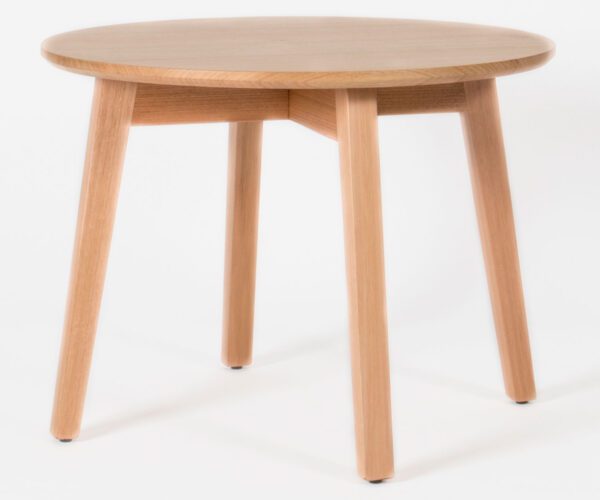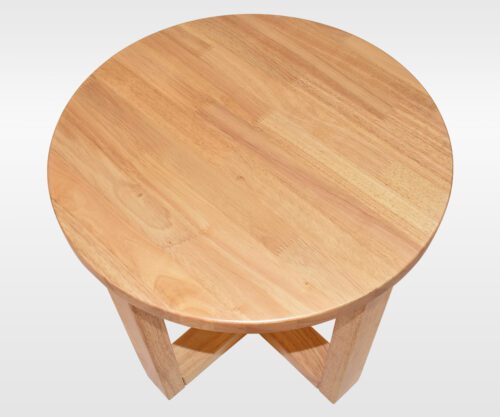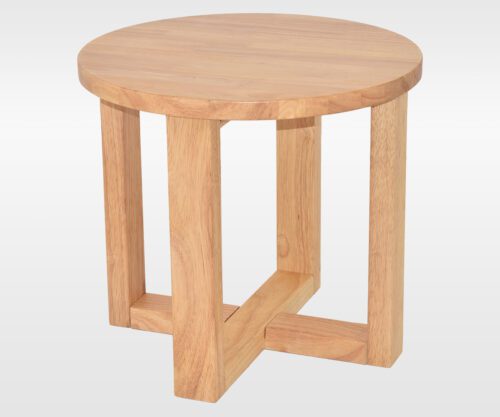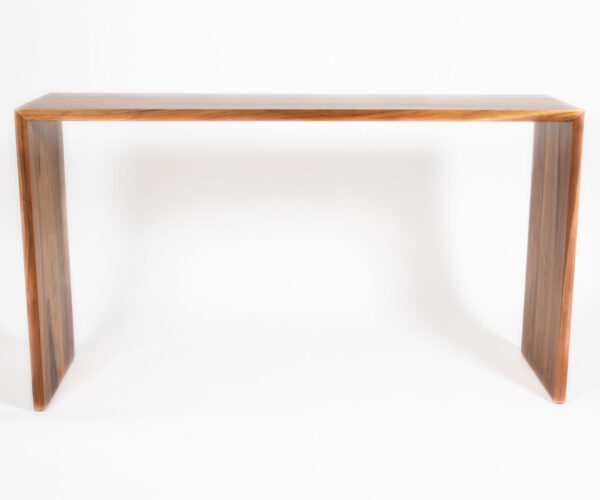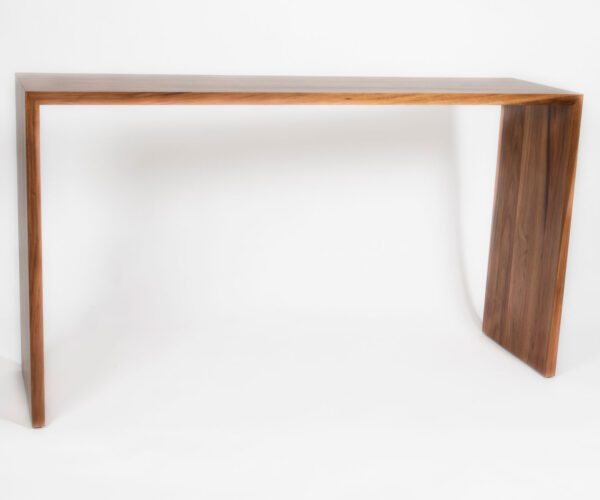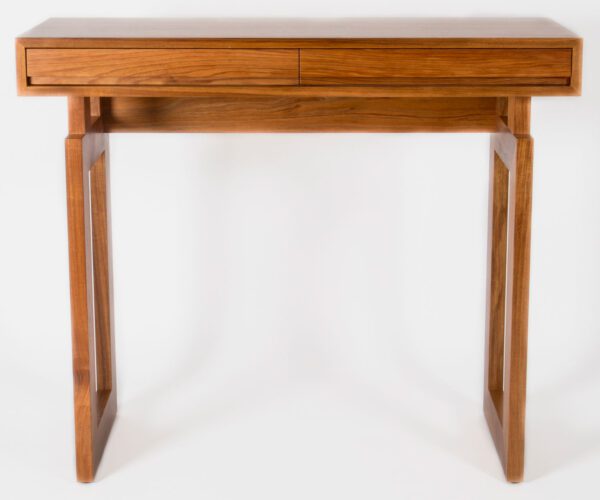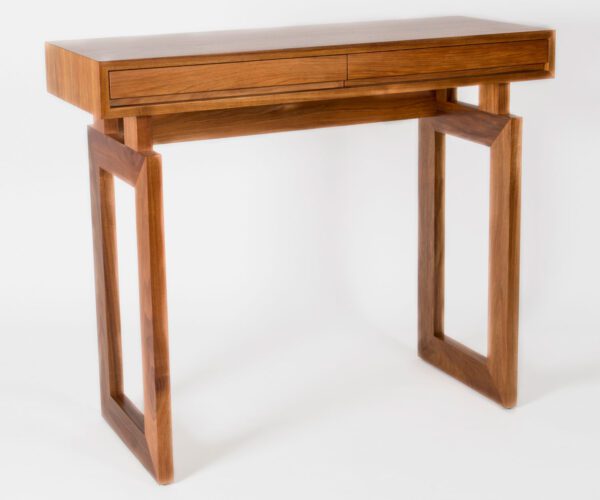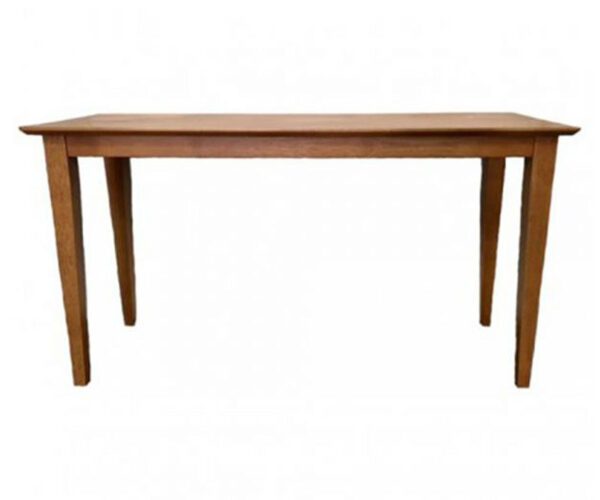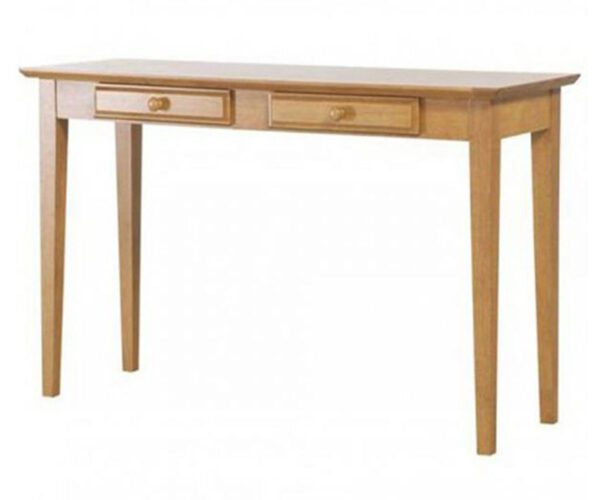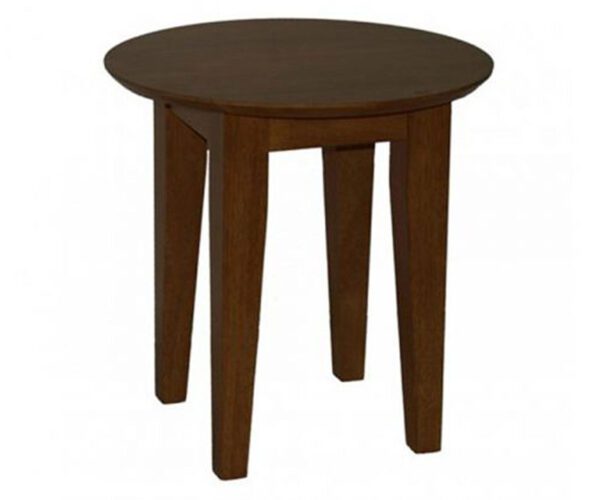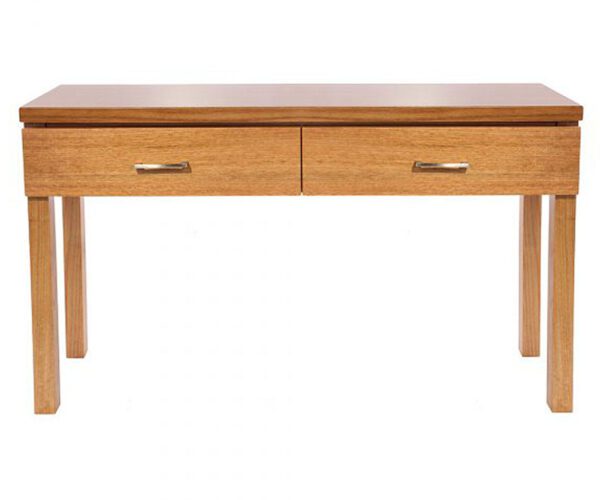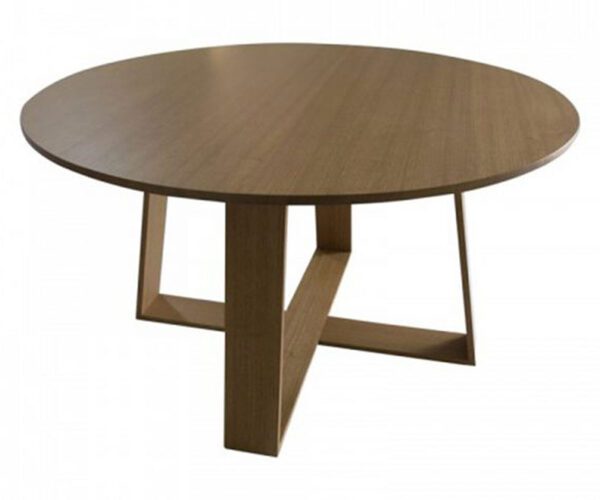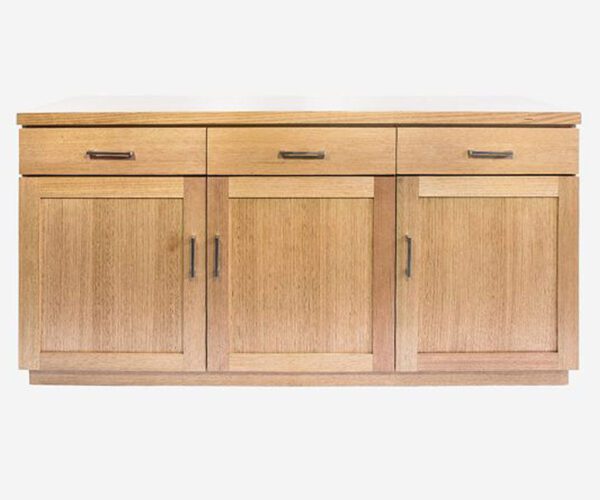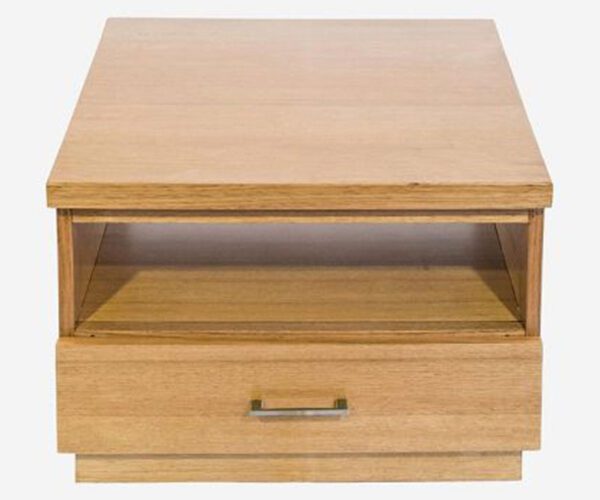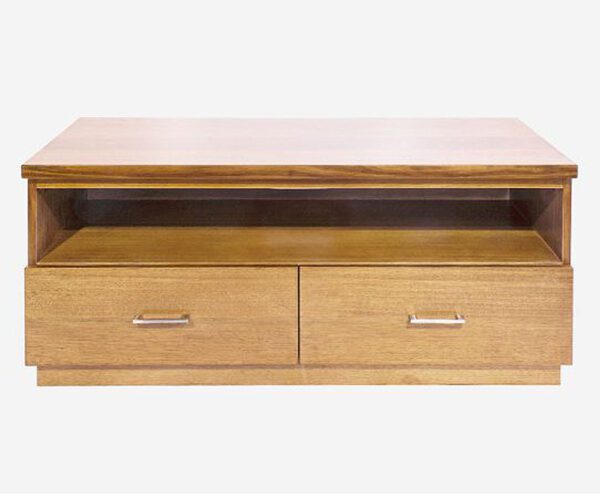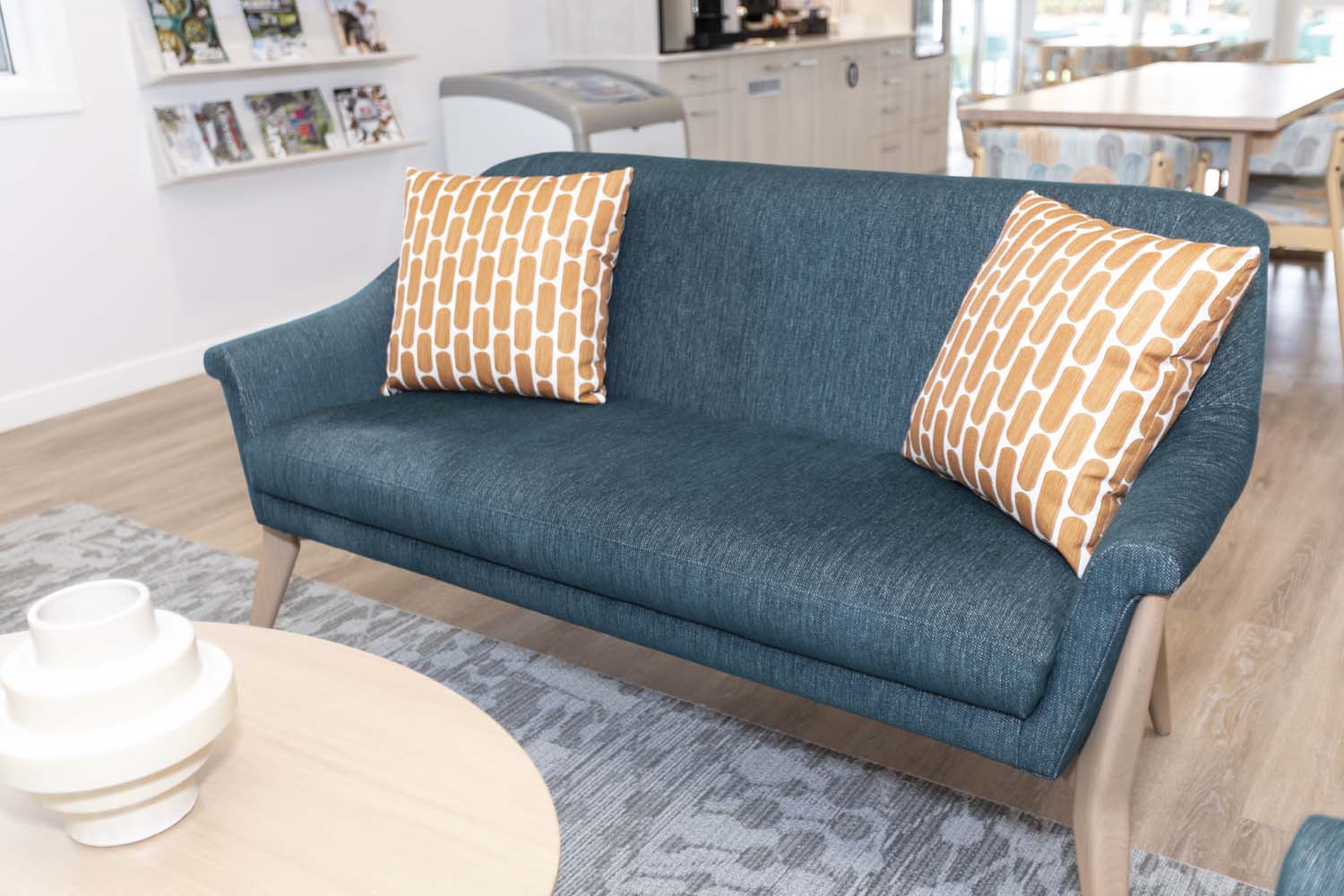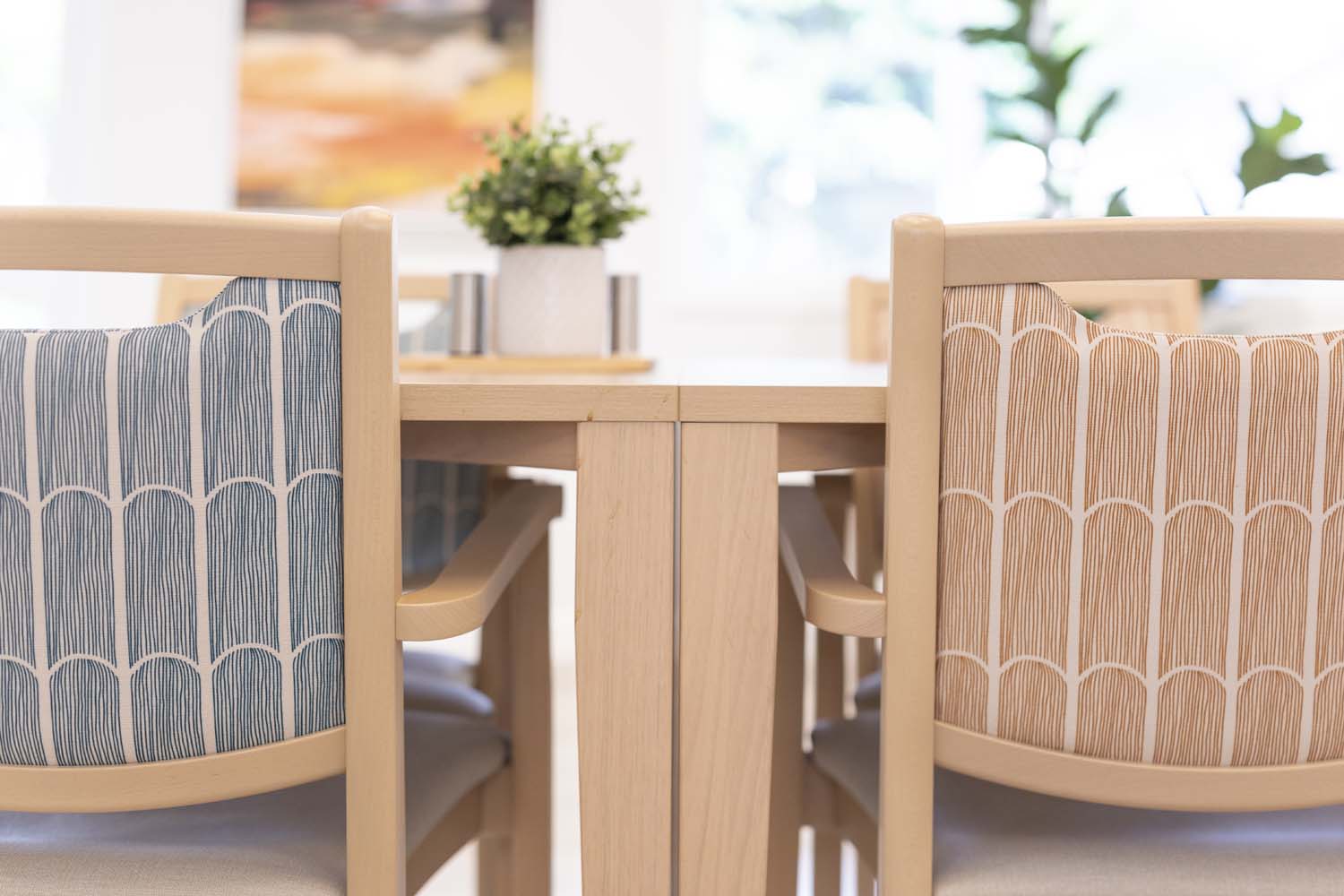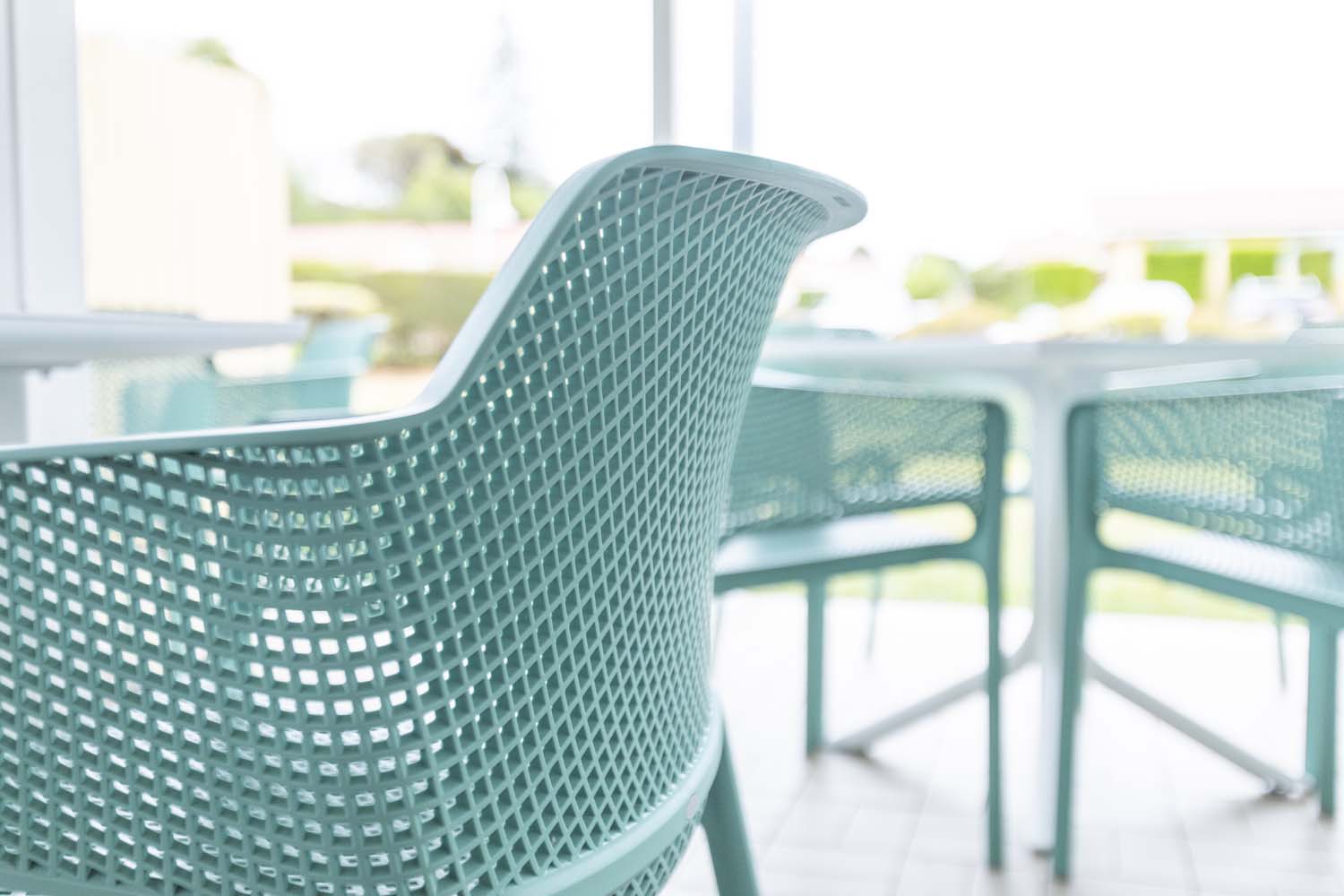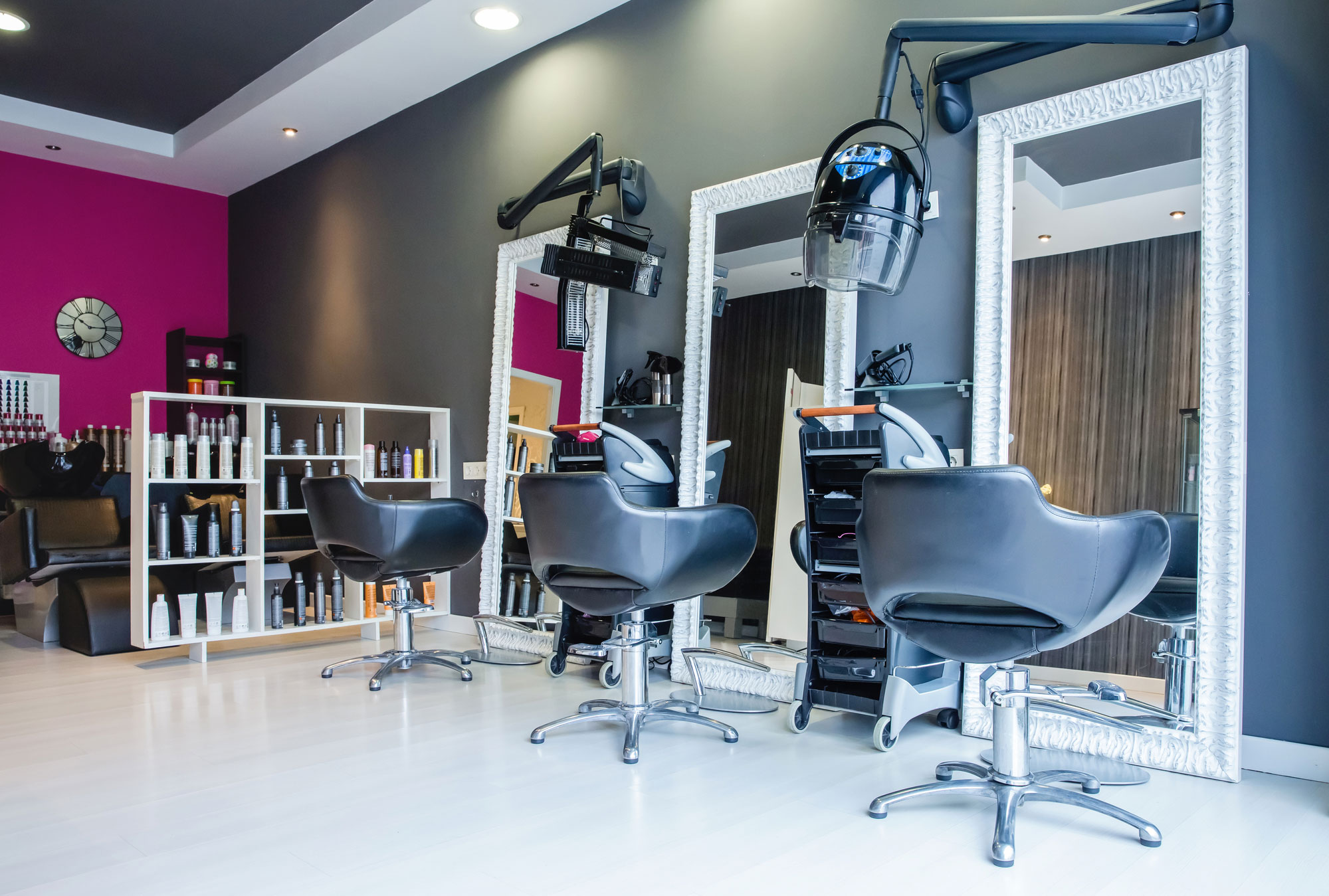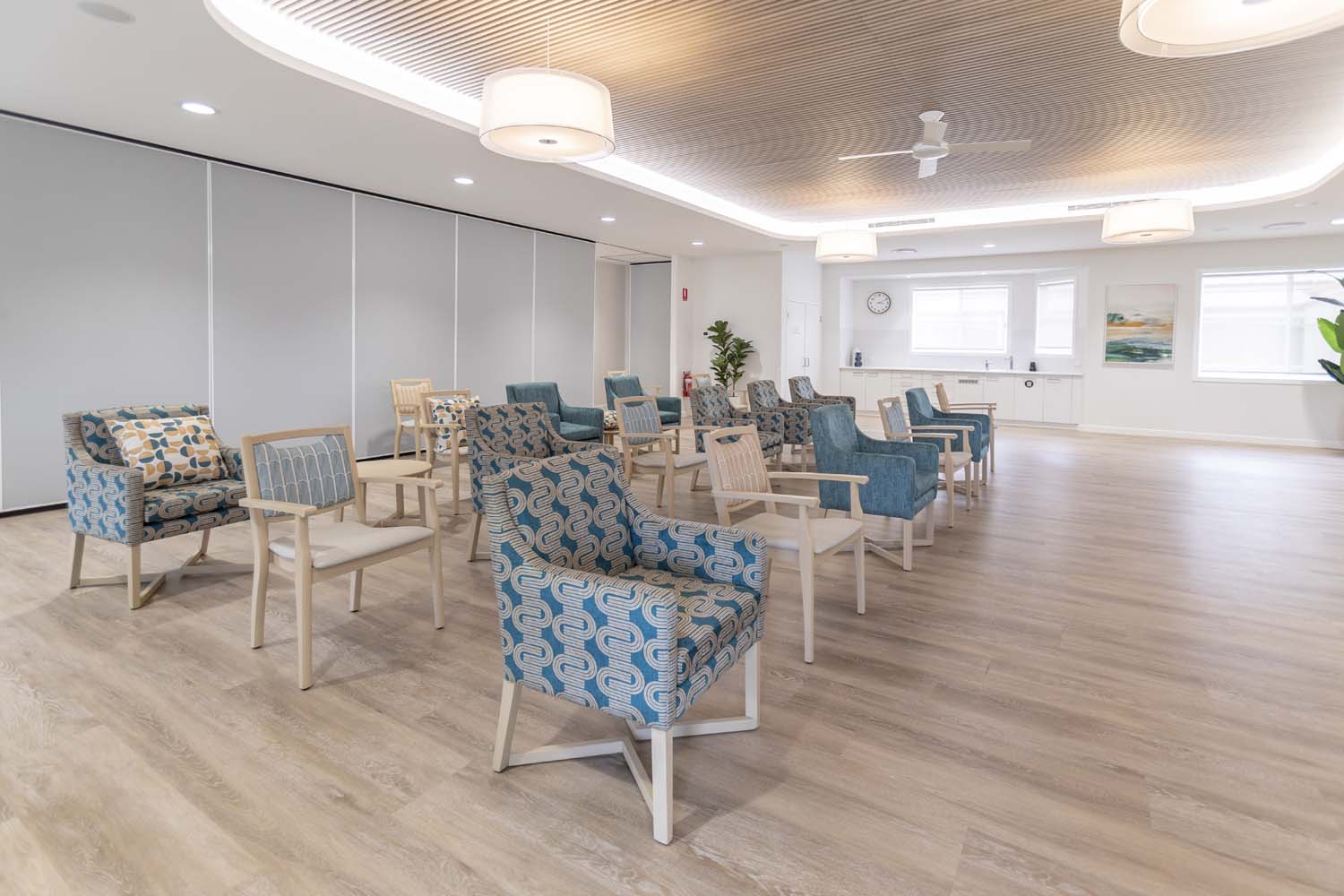Solving the Toughest Aged Care Challenges in 2025: 7 Trends Every Facility Manager Needs to Know

As we move into 2025, aged care facility managers in Australia face an increasingly complex landscape. With heightened regulatory scrutiny, staffing shortages, and the growing demand for high-quality care, staying ahead of industry trends is essential. The Australian Government’s reforms, including the Aged Care Quality Standards and the Royal Commission into Aged Care Quality and Safety, have made resident outcomes and staff well-being central to facility operations.
In this article, we’ll explore the top seven trends in Australian aged care that can help facility managers address their toughest pain points and transform their operations. Each trend is followed by three practical tips tailored for Australian facilities.
1. Smart Technology Integration: Streamlining Operations and Enhancing Care
The Challenge: With the introduction of more rigorous reporting requirements and standards under the Aged Care Quality Standards, Australian aged care managers must find ways to streamline operations while ensuring high-quality, compliant care.
The Trend: In Australia, the integration of smart technologies, including wearable health monitors, automated care systems, and electronic care records, is transforming how aged care facilities operate. These technologies help facility managers monitor residents’ health in real time, optimise staff schedules, and streamline administrative tasks.
Why It Matters: Technology empowers managers to improve care delivery while enhancing staff efficiency. Moreover, it provides critical insights for proactive decision-making, which can prevent costly errors and improve resident outcomes.
Practical Tips for Implementation:
- Pilot smart devices: Start by trialling wearable health monitors for a small group of residents to assess their effectiveness before a broader rollout. This can help track residents’ health in real time, ensuring that care needs are met promptly.
- Integrate with My Aged Care: Work with your IT provider to ensure your technology integrates seamlessly with the Australian Government’s My Aged Care system, enabling you to manage resident care and funding more efficiently.
- Upskill staff on new technologies: Regularly train staff on how to use and interpret data from new technology tools to improve care plans and maintain compliance with Aged Care Quality Standards.
2. Home-like Environments: Creating Comfort Without Compromising Care
The Challenge: Australian residents and their families increasingly seek care environments that feel like home, rather than institutionalised care. This shift can be difficult for facility managers who must ensure comfort without sacrificing resident safety or regulatory compliance.
The Trend: Australian facilities are embracing biophilic design, which incorporates natural elements like plants, natural light, and sustainable materials. This trend is in line with the national emphasis on improving aged care environments to promote mental and emotional well-being.
Why It Matters: A homely environment contributes to improved mental health and overall quality of life for residents. It also enhances family satisfaction and can make it easier for new residents to adapt to their surroundings.
Practical Tips for Implementation:
- Incorporate Australian flora: Use native Australian plants in interior and garden spaces, creating a connection to the outdoors and local culture. This can be particularly beneficial for residents with dementia, who benefit from familiarity and sensory stimulation.
- Invest in anti-slip flooring: Ensure that flooring is both aesthetically pleasing and compliant with safety standards. Flooring should be durable, easy to clean, and offer stability for residents.
- Personalise resident spaces: Allow residents to personalise their rooms with family photos, artwork, and comfortable, fit-for-purpose aged care furniture to make them feel more at home. This also aligns with the rights of residents under the Aged Care Quality Standards to be treated with dignity and respect.
3. Sustainability and Eco-friendly Materials: Saving Costs and the Environment
The Challenge: Australian aged care facilities are under increasing pressure to reduce their environmental footprint while also managing tight budgets and increasing operational costs.
The Trend: Sustainability is becoming a key focus, with Australian facilities opting for eco-friendly materials and energy-efficient solutions. The trend not only meets the demand for sustainability but also helps reduce long-term costs.
Why It Matters: Eco-conscious decisions don’t just help the planet—they also support a facility’s budget. Investing in durable, low-maintenance products reduces replacement costs, and energy-efficient systems lower utility bills, which can improve a facility’s overall profitability.
Practical Tips for Implementation:
- Choose locally-sourced materials: Opt for Australian-made, sustainable furniture and materials to reduce transport emissions and support the local economy. For example, select timber certified by the Forest Stewardship Council (FSC).
- Use energy-efficient appliances: Upgrade to energy-efficient appliances, such as LED lighting, energy-saving HVAC systems, and water-saving fixtures, which help lower operational costs in line with Australia’s energy efficiency goals.
- Apply for government grants: Explore funding opportunities from the Australian Government for facilities that adopt green building practices and energy-efficient technologies. These programs can help offset the costs of sustainable upgrades.
4. Flexible and Multi-functional Spaces: Adapting to Changing Needs
The Challenge: As Australia’s population ages, aged care facilities must accommodate a broad range of needs, from independent living to high-care services. This makes flexible and adaptable spaces essential.
The Trend: Australian aged care facilities are increasingly using multi-functional spaces that can be easily reconfigured to meet residents’ changing needs, whether for socialising, therapy, or private care. This approach helps facilities remain agile and responsive to both short-term and long-term requirements.
Why It Matters: Flexible spaces improve the versatility of a facility, allowing it to evolve alongside the needs of the residents. This approach supports a more personalised care model and can be a key selling point for prospective residents and their families.
Practical Tips for Implementation:
- Modular furniture: Invest in modular furniture that can be rearranged based on need. For instance, modular seating in common areas can be easily moved for group activities or converted into private spaces when needed.
- Multi-use rooms: Design spaces that can serve multiple purposes—such as dining rooms that can double as therapy or activity areas. This is particularly useful for facilities with limited space.
- Plan for future flexibility: Ensure that new designs allow for future upgrades or changes. For example, including easy-to-replace walls and partitions can allow spaces to be adapted quickly as needs evolve.
5. Staff Well-being: Fostering a Healthy, Supportive Work Environment
The Challenge: The Australian aged care sector faces significant staffing challenges, with high turnover rates, burnout, and staff shortages affecting many facilities. Creating a supportive and healthy work environment is critical to improving retention and ensuring quality care.
The Trend: The well-being of staff is increasingly recognised as essential for the overall success of aged care facilities. Australian facilities are adopting wellness programs, providing ergonomic workspaces, and supporting flexible working arrangements to reduce staff burnout.
Why It Matters: Happy, healthy staff are more engaged, productive, and likely to stay longer in their roles. With less turnover, managers can maintain continuity of care and better support resident needs.
Practical Tips for Implementation:
- Implement wellness programs: Offer regular mental health support, fitness programs, or stress-reduction workshops to help staff cope with the demands of their work.
- Provide ergonomic solutions: Invest in ergonomic furniture for staff areas, such as standing desks and adjustable chairs, to improve comfort and reduce physical strain.
- Flexible shifts: Consider offering flexible working hours or part-time options to support staff work-life balance, which is crucial in a sector that faces staffing shortages.
6. Personalised Care: Tailoring Services to Individual Needs
The Challenge: The Australian Government’s Aged Care Quality Standards require that care plans be tailored to individual resident needs, but balancing personalisation with cost-effectiveness is a challenge for many facility managers.
The Trend: Personalised care is a major trend in Australian facilities, with a growing emphasis on tailoring services to each resident’s specific preferences, health needs, and lifestyle choices.
Why It Matters: Personalised care leads to better resident satisfaction and improved outcomes. It also aligns with the shift towards more holistic approaches to health, where emotional and social well-being are just as important as physical care.
Practical Tips for Implementation:
- Care management software: Invest in Australian-compliant care management systems that allow for easy tracking and updating of personalised care plans. These systems also enable better communication between care teams.
- Engage families in care planning: Regularly involve families in care planning to ensure that the resident’s unique needs and preferences are reflected in their daily care.
- Offer resident choice: Provide residents with more control over their daily routines, such as meal choices or activity preferences, ensuring care feels individualised.
7. Wellness-Focused Design: Promoting Mental and Physical Health
The Challenge: Creating spaces that promote both mental and physical well-being, while meeting compliance standards, can be a complex task for Australian aged care managers.
The Trend: Wellness-focused design is gaining momentum, with Australian facilities adopting features like sensory gardens, on-site gyms, and spaces for social interaction and relaxation. These spaces are designed to enhance both physical and mental health for residents.
Why It Matters: Promoting mental and physical health leads to happier, healthier residents. A wellness-focused environment can also reduce the need for more intensive medical interventions and contribute to improved overall care.
Practical Tips for Implementation:
- Incorporate sensory gardens: Design gardens with sensory experiences that cater to residents with dementia, incorporating elements such as textures, scents, and sounds.
- Create social hubs: Develop common areas that encourage interaction and community building, which is essential for mental well-being and reducing feelings of isolation.
- Support physical fitness: Include fitness areas or provide fitness classes that cater to the mobility levels of your residents. On-site gyms, even with simple equipment, can promote independence and physical health.
Responding to a Rapidly Evolving Industry
The aged care industry in Australia is evolving rapidly in response to government reforms and changing resident needs. By embracing trends such as smart technology, sustainability, flexible spaces, and wellness-focused designs, facility managers can address their toughest challenges while enhancing care quality. With the right strategies in place, you can create an environment that not only meets regulatory standards but also promotes the well-being of both residents and staff.
More News
Solving the Toughest Aged Care Challenges in 2025: 7 Trends Every Facility Manager Needs to Know

As we move into 2025, aged care facility managers in Australia face an increasingly complex landscape. With heightened regulatory scrutiny, staffing shortages, and the growing demand for high-quality care, staying ahead of industry trends is essential. The Australian Government’s reforms, including the Aged Care Quality Standards and the Royal Commission into Aged Care Quality and Safety, have made resident outcomes and staff well-being central to facility operations.
In this article, we’ll explore the top seven trends in Australian aged care that can help facility managers address their toughest pain points and transform their operations. Each trend is followed by three practical tips tailored for Australian facilities.
1. Smart Technology Integration: Streamlining Operations and Enhancing Care
The Challenge: With the introduction of more rigorous reporting requirements and standards under the Aged Care Quality Standards, Australian aged care managers must find ways to streamline operations while ensuring high-quality, compliant care.
The Trend: In Australia, the integration of smart technologies, including wearable health monitors, automated care systems, and electronic care records, is transforming how aged care facilities operate. These technologies help facility managers monitor residents’ health in real time, optimise staff schedules, and streamline administrative tasks.
Why It Matters: Technology empowers managers to improve care delivery while enhancing staff efficiency. Moreover, it provides critical insights for proactive decision-making, which can prevent costly errors and improve resident outcomes.
Practical Tips for Implementation:
- Pilot smart devices: Start by trialling wearable health monitors for a small group of residents to assess their effectiveness before a broader rollout. This can help track residents’ health in real time, ensuring that care needs are met promptly.
- Integrate with My Aged Care: Work with your IT provider to ensure your technology integrates seamlessly with the Australian Government’s My Aged Care system, enabling you to manage resident care and funding more efficiently.
- Upskill staff on new technologies: Regularly train staff on how to use and interpret data from new technology tools to improve care plans and maintain compliance with Aged Care Quality Standards.
2. Home-like Environments: Creating Comfort Without Compromising Care
The Challenge: Australian residents and their families increasingly seek care environments that feel like home, rather than institutionalised care. This shift can be difficult for facility managers who must ensure comfort without sacrificing resident safety or regulatory compliance.
The Trend: Australian facilities are embracing biophilic design, which incorporates natural elements like plants, natural light, and sustainable materials. This trend is in line with the national emphasis on improving aged care environments to promote mental and emotional well-being.
Why It Matters: A homely environment contributes to improved mental health and overall quality of life for residents. It also enhances family satisfaction and can make it easier for new residents to adapt to their surroundings.
Practical Tips for Implementation:
- Incorporate Australian flora: Use native Australian plants in interior and garden spaces, creating a connection to the outdoors and local culture. This can be particularly beneficial for residents with dementia, who benefit from familiarity and sensory stimulation.
- Invest in anti-slip flooring: Ensure that flooring is both aesthetically pleasing and compliant with safety standards. Flooring should be durable, easy to clean, and offer stability for residents.
- Personalise resident spaces: Allow residents to personalise their rooms with family photos, artwork, and comfortable, fit-for-purpose aged care furniture to make them feel more at home. This also aligns with the rights of residents under the Aged Care Quality Standards to be treated with dignity and respect.
3. Sustainability and Eco-friendly Materials: Saving Costs and the Environment
The Challenge: Australian aged care facilities are under increasing pressure to reduce their environmental footprint while also managing tight budgets and increasing operational costs.
The Trend: Sustainability is becoming a key focus, with Australian facilities opting for eco-friendly materials and energy-efficient solutions. The trend not only meets the demand for sustainability but also helps reduce long-term costs.
Why It Matters: Eco-conscious decisions don’t just help the planet—they also support a facility’s budget. Investing in durable, low-maintenance products reduces replacement costs, and energy-efficient systems lower utility bills, which can improve a facility’s overall profitability.
Practical Tips for Implementation:
- Choose locally-sourced materials: Opt for Australian-made, sustainable furniture and materials to reduce transport emissions and support the local economy. For example, select timber certified by the Forest Stewardship Council (FSC).
- Use energy-efficient appliances: Upgrade to energy-efficient appliances, such as LED lighting, energy-saving HVAC systems, and water-saving fixtures, which help lower operational costs in line with Australia’s energy efficiency goals.
- Apply for government grants: Explore funding opportunities from the Australian Government for facilities that adopt green building practices and energy-efficient technologies. These programs can help offset the costs of sustainable upgrades.
4. Flexible and Multi-functional Spaces: Adapting to Changing Needs
The Challenge: As Australia’s population ages, aged care facilities must accommodate a broad range of needs, from independent living to high-care services. This makes flexible and adaptable spaces essential.
The Trend: Australian aged care facilities are increasingly using multi-functional spaces that can be easily reconfigured to meet residents’ changing needs, whether for socialising, therapy, or private care. This approach helps facilities remain agile and responsive to both short-term and long-term requirements.
Why It Matters: Flexible spaces improve the versatility of a facility, allowing it to evolve alongside the needs of the residents. This approach supports a more personalised care model and can be a key selling point for prospective residents and their families.
Practical Tips for Implementation:
- Modular furniture: Invest in modular furniture that can be rearranged based on need. For instance, modular seating in common areas can be easily moved for group activities or converted into private spaces when needed.
- Multi-use rooms: Design spaces that can serve multiple purposes—such as dining rooms that can double as therapy or activity areas. This is particularly useful for facilities with limited space.
- Plan for future flexibility: Ensure that new designs allow for future upgrades or changes. For example, including easy-to-replace walls and partitions can allow spaces to be adapted quickly as needs evolve.
5. Staff Well-being: Fostering a Healthy, Supportive Work Environment
The Challenge: The Australian aged care sector faces significant staffing challenges, with high turnover rates, burnout, and staff shortages affecting many facilities. Creating a supportive and healthy work environment is critical to improving retention and ensuring quality care.
The Trend: The well-being of staff is increasingly recognised as essential for the overall success of aged care facilities. Australian facilities are adopting wellness programs, providing ergonomic workspaces, and supporting flexible working arrangements to reduce staff burnout.
Why It Matters: Happy, healthy staff are more engaged, productive, and likely to stay longer in their roles. With less turnover, managers can maintain continuity of care and better support resident needs.
Practical Tips for Implementation:
- Implement wellness programs: Offer regular mental health support, fitness programs, or stress-reduction workshops to help staff cope with the demands of their work.
- Provide ergonomic solutions: Invest in ergonomic furniture for staff areas, such as standing desks and adjustable chairs, to improve comfort and reduce physical strain.
- Flexible shifts: Consider offering flexible working hours or part-time options to support staff work-life balance, which is crucial in a sector that faces staffing shortages.
6. Personalised Care: Tailoring Services to Individual Needs
The Challenge: The Australian Government’s Aged Care Quality Standards require that care plans be tailored to individual resident needs, but balancing personalisation with cost-effectiveness is a challenge for many facility managers.
The Trend: Personalised care is a major trend in Australian facilities, with a growing emphasis on tailoring services to each resident’s specific preferences, health needs, and lifestyle choices.
Why It Matters: Personalised care leads to better resident satisfaction and improved outcomes. It also aligns with the shift towards more holistic approaches to health, where emotional and social well-being are just as important as physical care.
Practical Tips for Implementation:
- Care management software: Invest in Australian-compliant care management systems that allow for easy tracking and updating of personalised care plans. These systems also enable better communication between care teams.
- Engage families in care planning: Regularly involve families in care planning to ensure that the resident’s unique needs and preferences are reflected in their daily care.
- Offer resident choice: Provide residents with more control over their daily routines, such as meal choices or activity preferences, ensuring care feels individualised.
7. Wellness-Focused Design: Promoting Mental and Physical Health
The Challenge: Creating spaces that promote both mental and physical well-being, while meeting compliance standards, can be a complex task for Australian aged care managers.
The Trend: Wellness-focused design is gaining momentum, with Australian facilities adopting features like sensory gardens, on-site gyms, and spaces for social interaction and relaxation. These spaces are designed to enhance both physical and mental health for residents.
Why It Matters: Promoting mental and physical health leads to happier, healthier residents. A wellness-focused environment can also reduce the need for more intensive medical interventions and contribute to improved overall care.
Practical Tips for Implementation:
- Incorporate sensory gardens: Design gardens with sensory experiences that cater to residents with dementia, incorporating elements such as textures, scents, and sounds.
- Create social hubs: Develop common areas that encourage interaction and community building, which is essential for mental well-being and reducing feelings of isolation.
- Support physical fitness: Include fitness areas or provide fitness classes that cater to the mobility levels of your residents. On-site gyms, even with simple equipment, can promote independence and physical health.
Responding to a Rapidly Evolving Industry
The aged care industry in Australia is evolving rapidly in response to government reforms and changing resident needs. By embracing trends such as smart technology, sustainability, flexible spaces, and wellness-focused designs, facility managers can address their toughest challenges while enhancing care quality. With the right strategies in place, you can create an environment that not only meets regulatory standards but also promotes the well-being of both residents and staff.
Commercial furniture by room
Based in Brisbane, we’re an Australian manufacturer of aged care furniture, retirement living furniture, hospital & healthcare furniture, hotel & accommodation furniture and student accommodation furniture. We also supply a range of commercial office furniture.
Discover the FHG Look Book: Your Source of Inspiration for Quality Australian-Made Commercial Furniture
- Quality Craftsmanship: See why we’ve been a trusted partner for over 25 years.
- Local Excellence: Learn how our Brisbane team ensures the highest standards.
- Inspiration and Ideas: Find innovative furniture solutions for any environment.
Don’t miss the opportunity to transform your commercial space with FHG’s expertly crafted furniture. Download the FHG Look Book today and start your journey towards exceptional design and quality.

